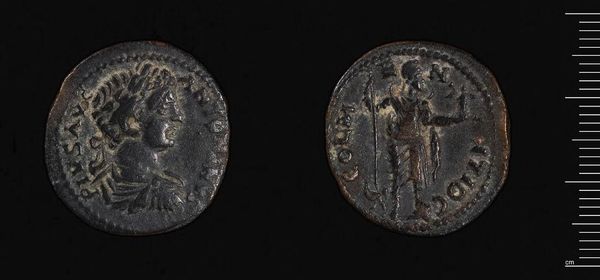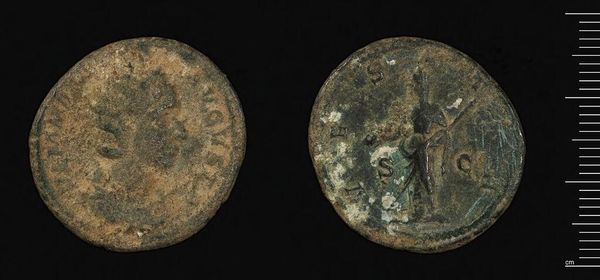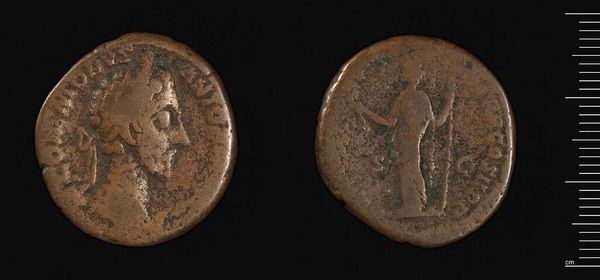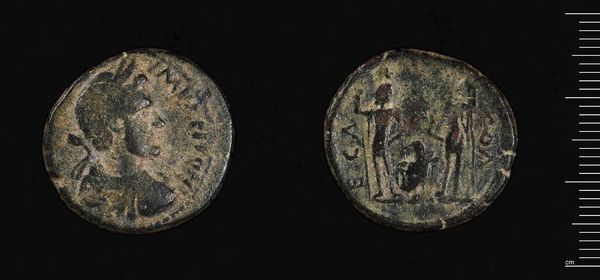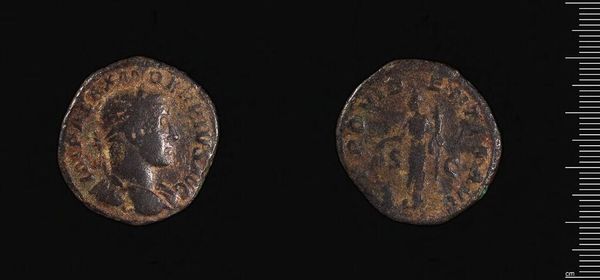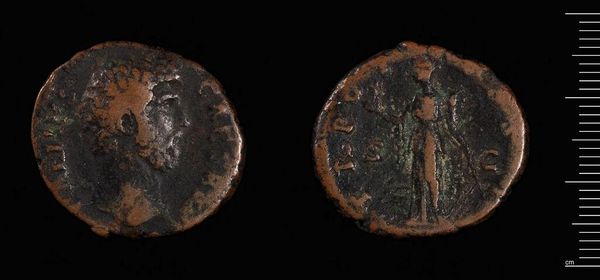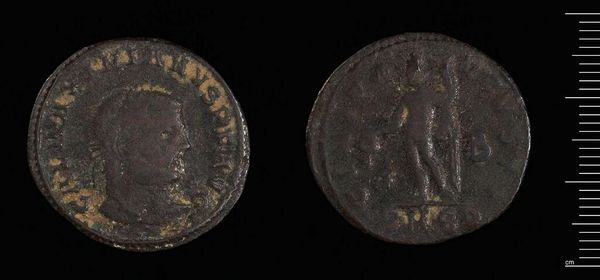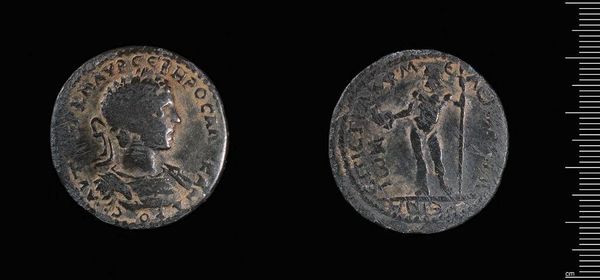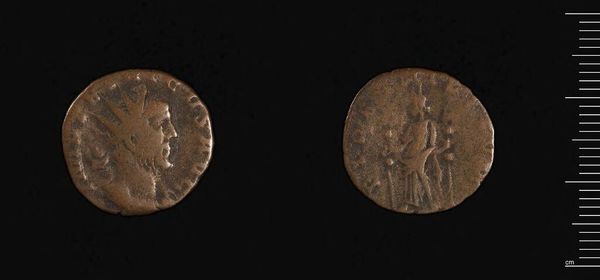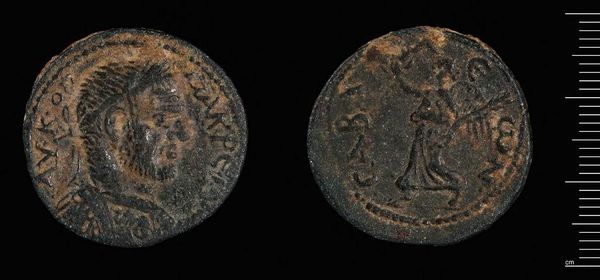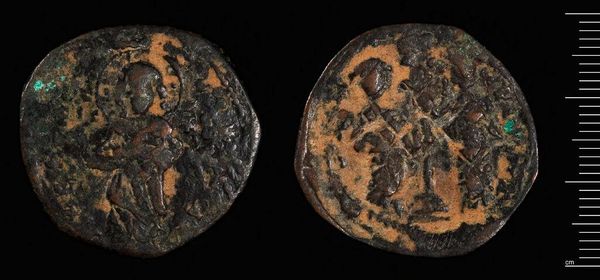
Dimensions: 8.1 g
Copyright: CC0 1.0
Curator: Here we have a Roman coin, specifically a "Coin of Faustina the Elder," commemorating the wife of Emperor Antoninus Pius. Editor: It looks incredibly worn, doesn't it? I immediately notice the eroded details and the patinated surface, hinting at its age and journey through time. Curator: The coin’s material is undoubtedly significant. Its composition, likely bronze or copper alloy, determined its durability and reflects the economic systems of the Roman era. Editor: And that profile! The enduring image of Faustina, even in this state of wear, tells us so much about idealised Roman beauty standards and the symbolic power of imperial portraiture. Curator: Indeed, the act of minting itself is a form of mass production, creating a standardized representation of imperial power and disseminating it throughout the empire. Editor: This object is more than just currency, it’s also a symbol, isn’t it? Each coin carried not only economic value but also served as a constant reminder of the ruling power. Curator: Precisely. Examining the die-striking techniques gives insight to the workshop practices of the time, and helps to reveal their role in Roman economy. Editor: Considering its scale, it's amazing how much cultural and political information is packed into this small object. It offers a tangible link to a world long past. Curator: Exactly, and looking at its physical properties helps us understand the systems that shaped it. Editor: A fascinating glimpse into Roman history, indeed.
Comments
No comments
Be the first to comment and join the conversation on the ultimate creative platform.
